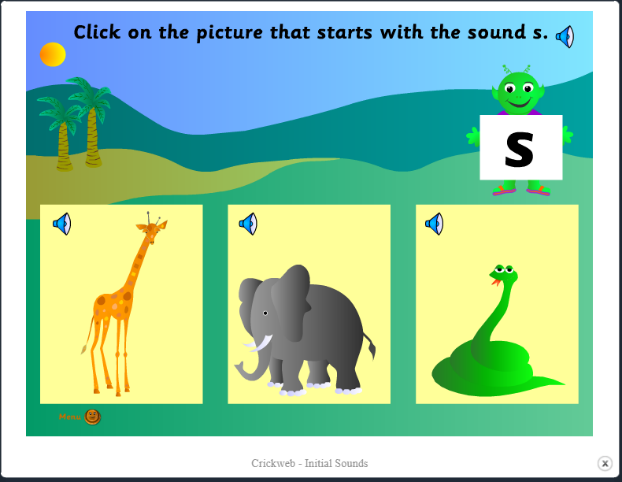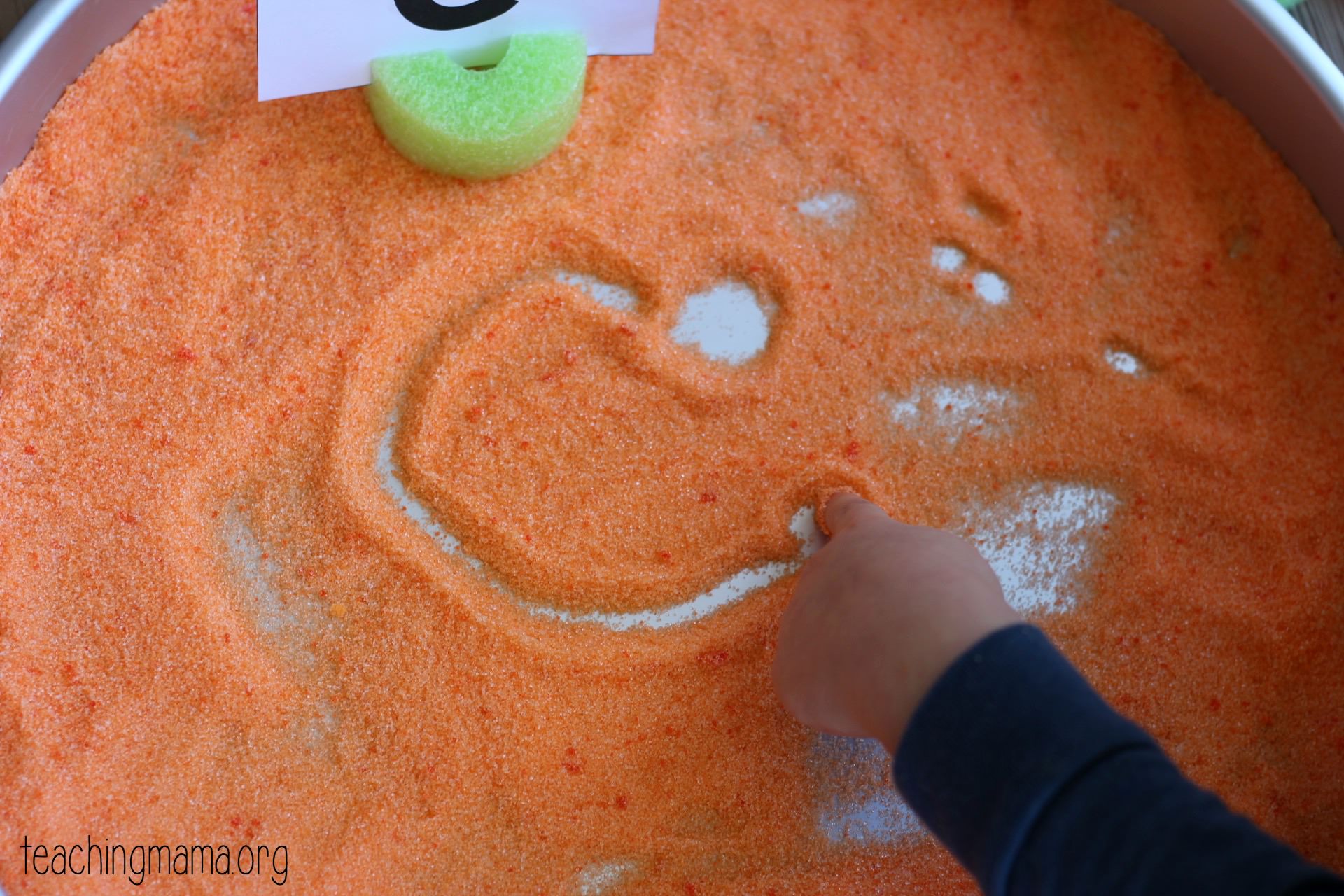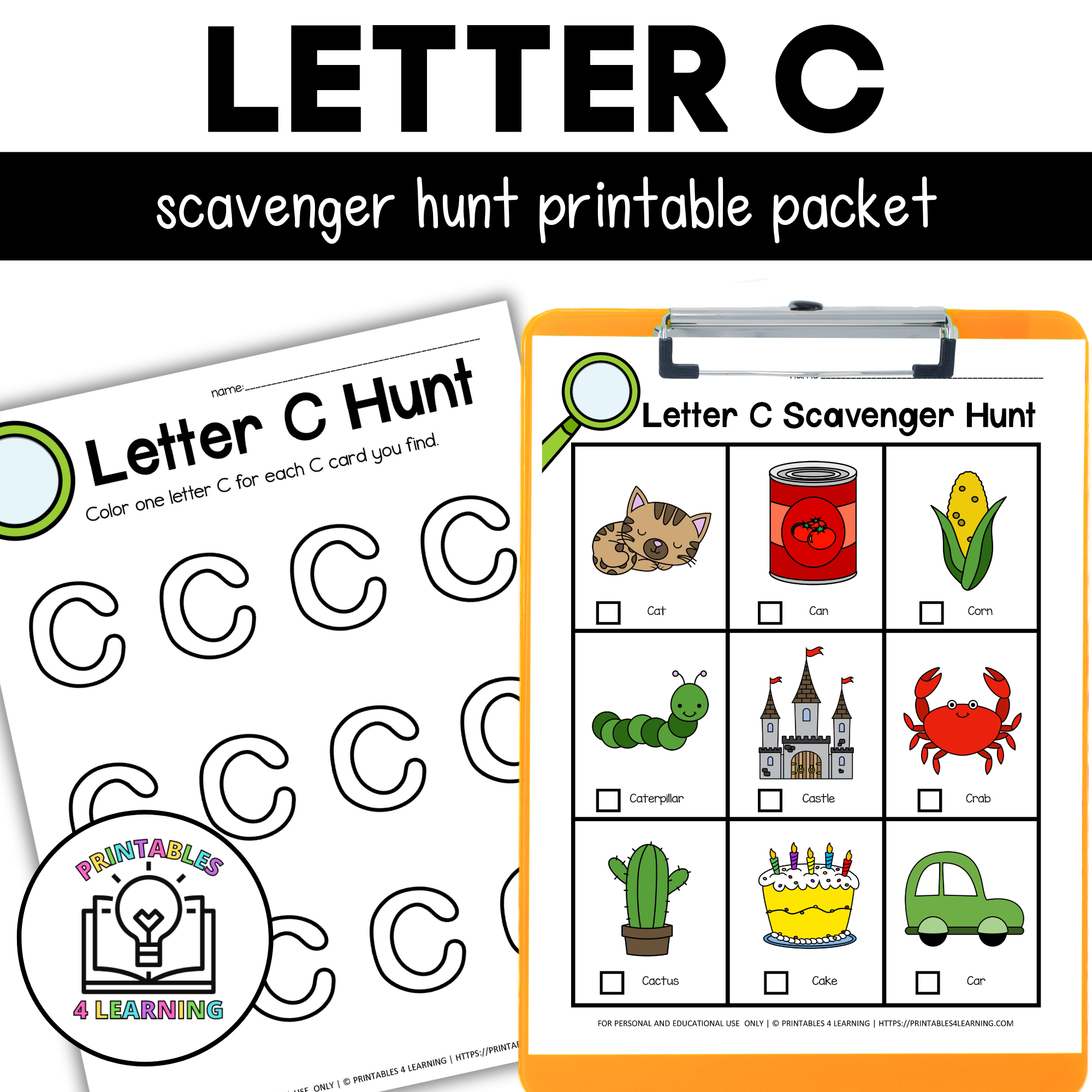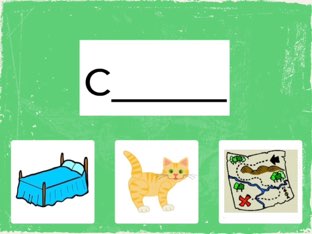Hands-On Activities:
E-Object Hunt:
- Create a list of objects that start with the "e" sound (e.g., egg, elephant, envelope). Have children search for these objects around the house or classrooms.
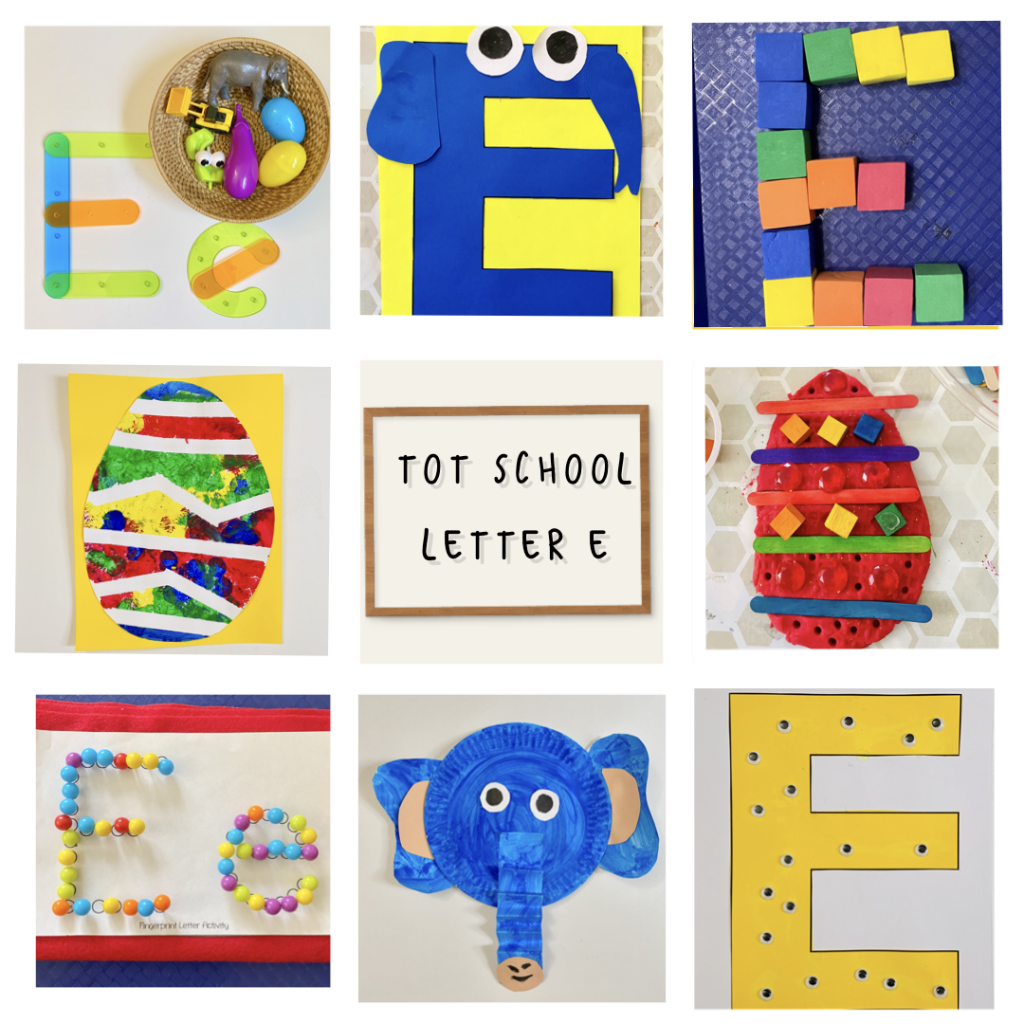
E Sound Collage:
- Have students cut out pictures from magazines that start with the "e" sound and glue them onto a large sheet of paper to create a collage.
Sound Sorting:
- Use a set of cards with pictures that begin with different phonetic sounds. Have children sort them into groups based on whether they have the "e" sound or not.
E Sound Craft:
- Make an "E" booklet where children draw a picture of something that starts with the "e" sound on each page (e.g., eel, engine, etc.).
Sensory Bins:
- Create a sensory bin filled with items that start with the "e" sound (e.g., empty boxes, erasers, eggs). Let kids explore and then write about what they found.
Worksheets:
Phonics Tracing Worksheets:
- Provide worksheets that feature the letter "E" with dotted outlines for children to trace. Include pictures of "e" words for them to color.
Fill in the Missing Letters:
- Create worksheets where students fill in the blanks for words that start with "e" (e.g., e__phant, __gg).
Match the Picture and Word:
- Include images of objects starting with "e" alongside a list of words. Have students draw lines connecting the images to the correct words.
Word Search Puzzle:
- Design a word search puzzle featuring words that begin with the "e" sound for students to find.
Color by Sound:
- Create a coloring worksheet where children color pictures based on their beginning sounds (e.g., colored "e" pictures in one color).
Video Resources:
- Phonics Song:
- Link to popular phonics songs on YouTube that focus on the letter "e". These videos often include catchy melodies that help reinforce sound recognition.
- Example: "Phonics Song 2" (available on various educational channels).
Interactive Phonics Lessons:
- Share links to channels that provide interactive phonics lessons, such as "Jack Hartmann" or "Super Simple Songs," which often have dedicated segments for the letter sounds.
Reading Videos:
- Include links to storytime videos that read books with a focus on the letter "e," accompanied by visuals.
Online Games:
Phonics Games at Education.com:
- Offer links to interactive phonics games like "E Sound Word Search" or "E Sound Sorting Game" where children can play online while learning.
- Recommend the Starfall website, which has numerous phonics-related activities and games that support the sound "e".
- Mention the age-appropriate interactive activities available on ABCmouse that focus on phonics, specifically targeting the "e" sound.
- Link to the phonics games available on PBS Kids, where students can play games featuring their favorite characters while learning phonics.
- Encourage readers to check Phonics Play for fun online games and resources focused on the letters and their sounds, including the letter "e."
Conclusion
Combining these hands-on activities, worksheets, videos, and online games will create a comprehensive learning experience around the phonic sound "e." Make sure to encourage parents and educators to adapt these activities to fit their specific needs. With engaging content, children will be excited to learn and practice their phonics!
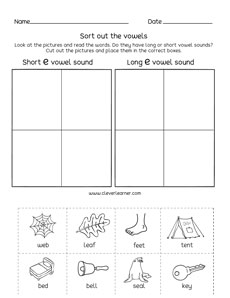



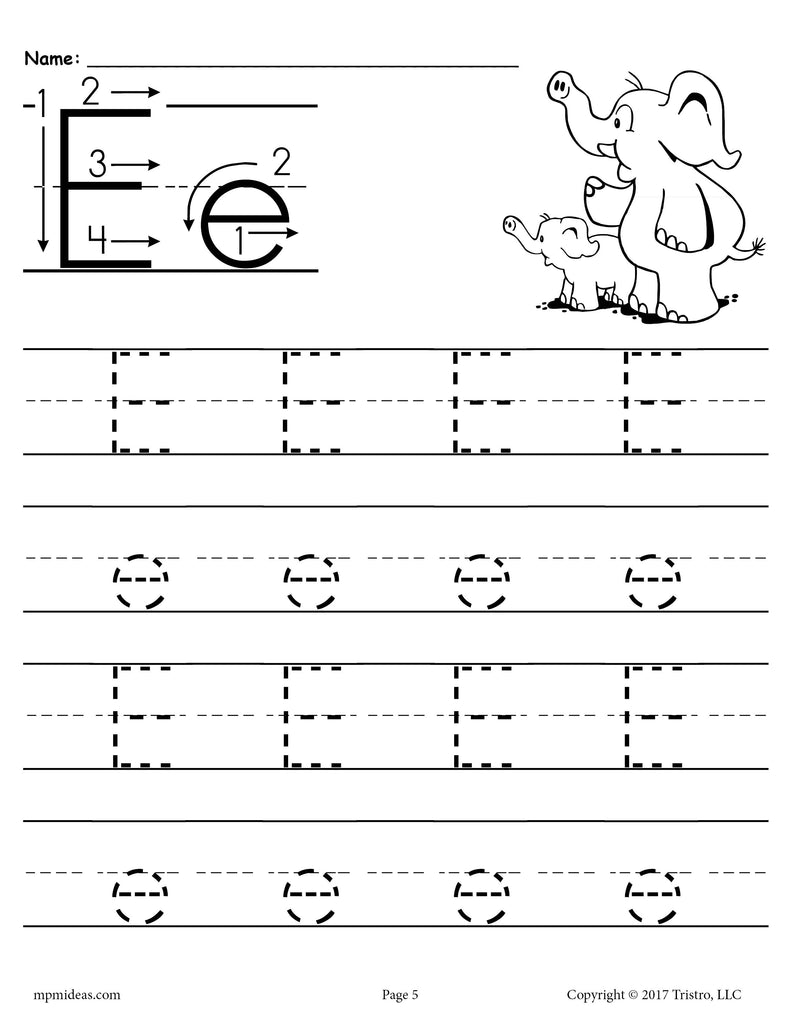



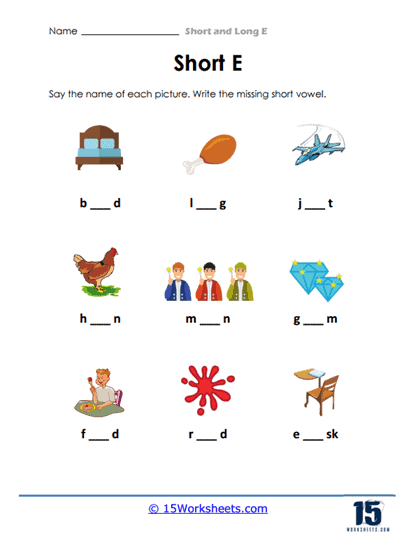

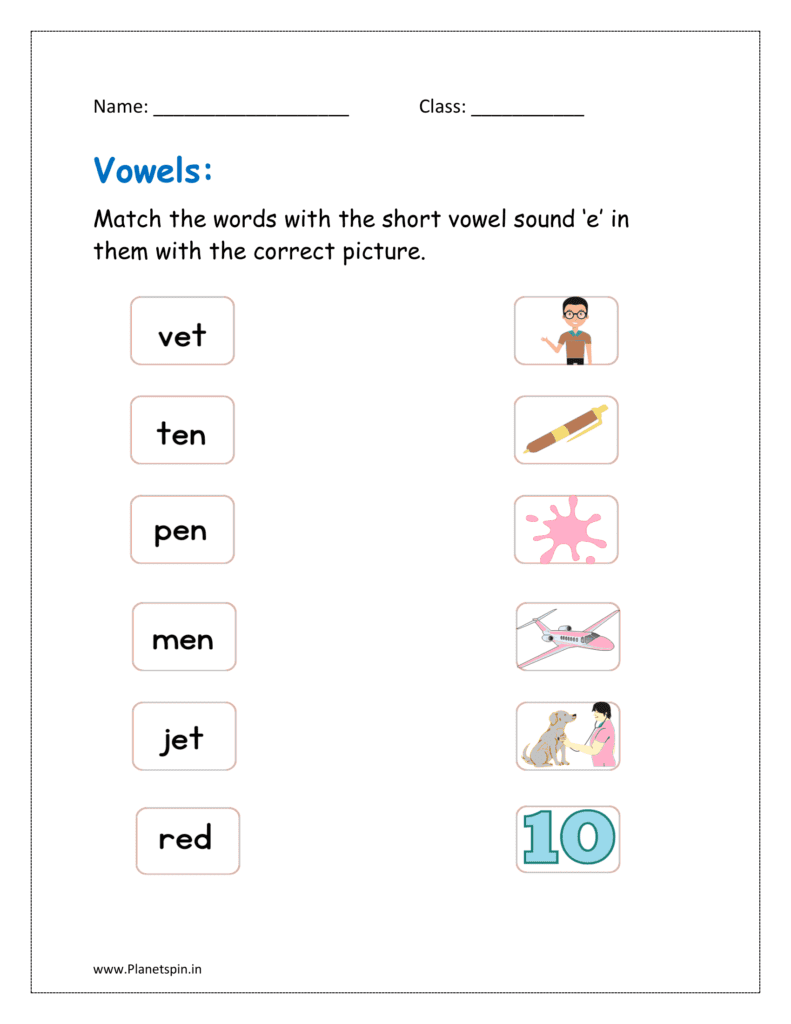




 \
\



